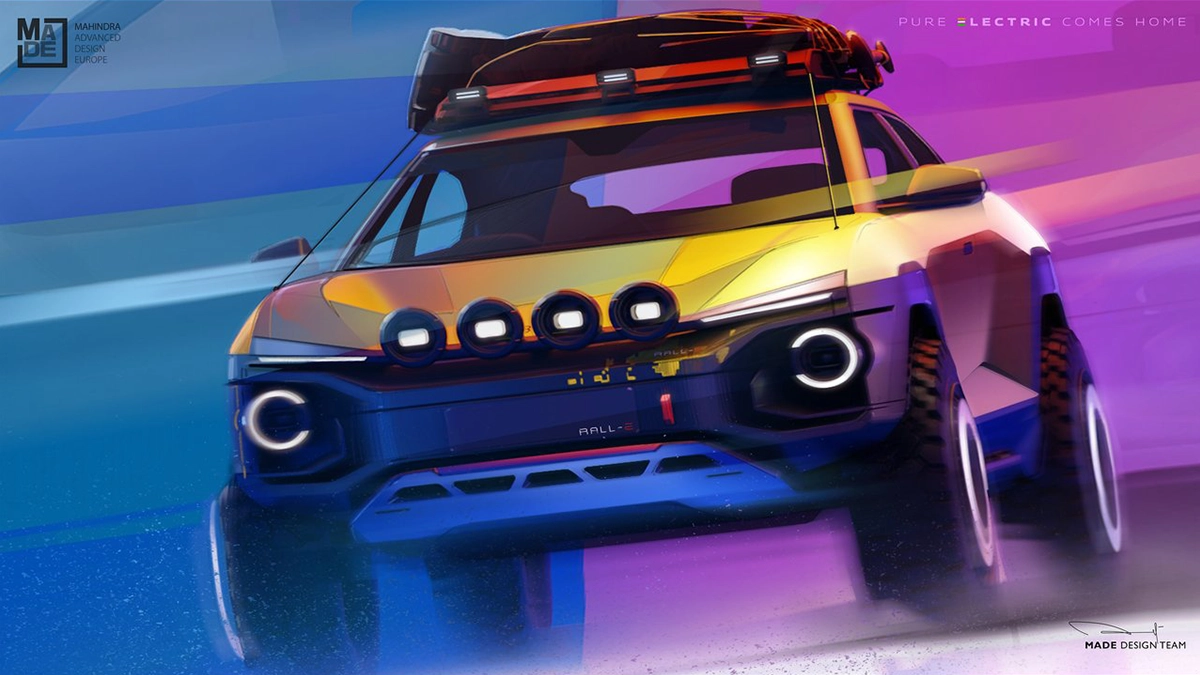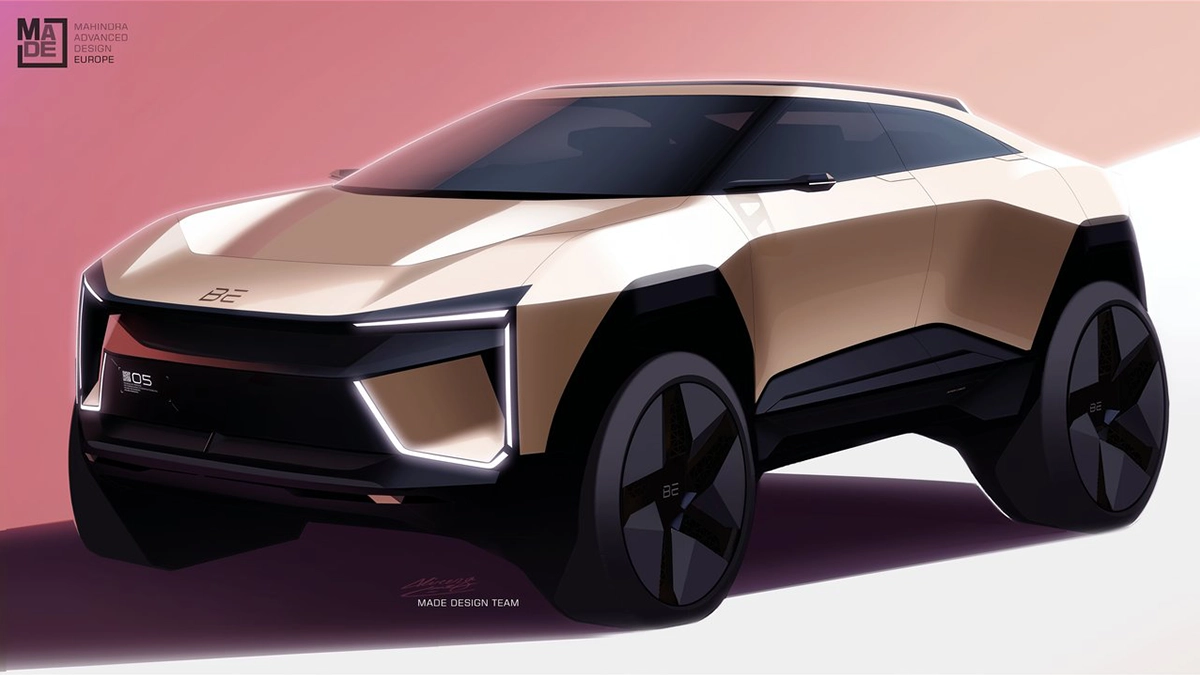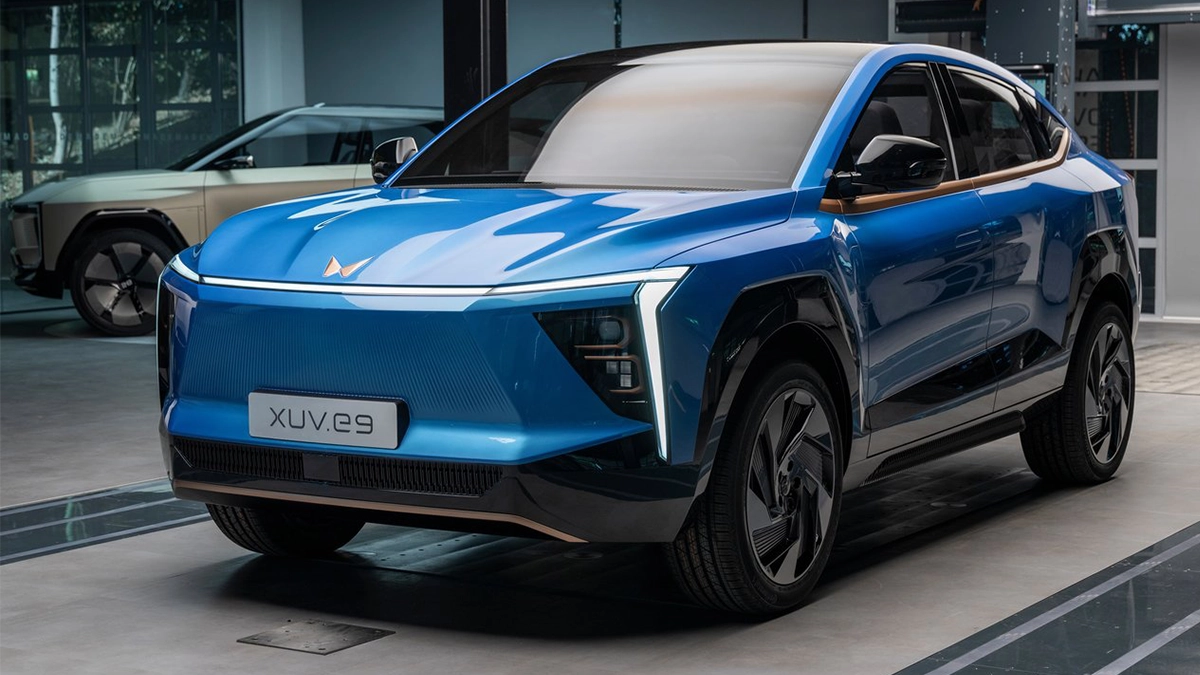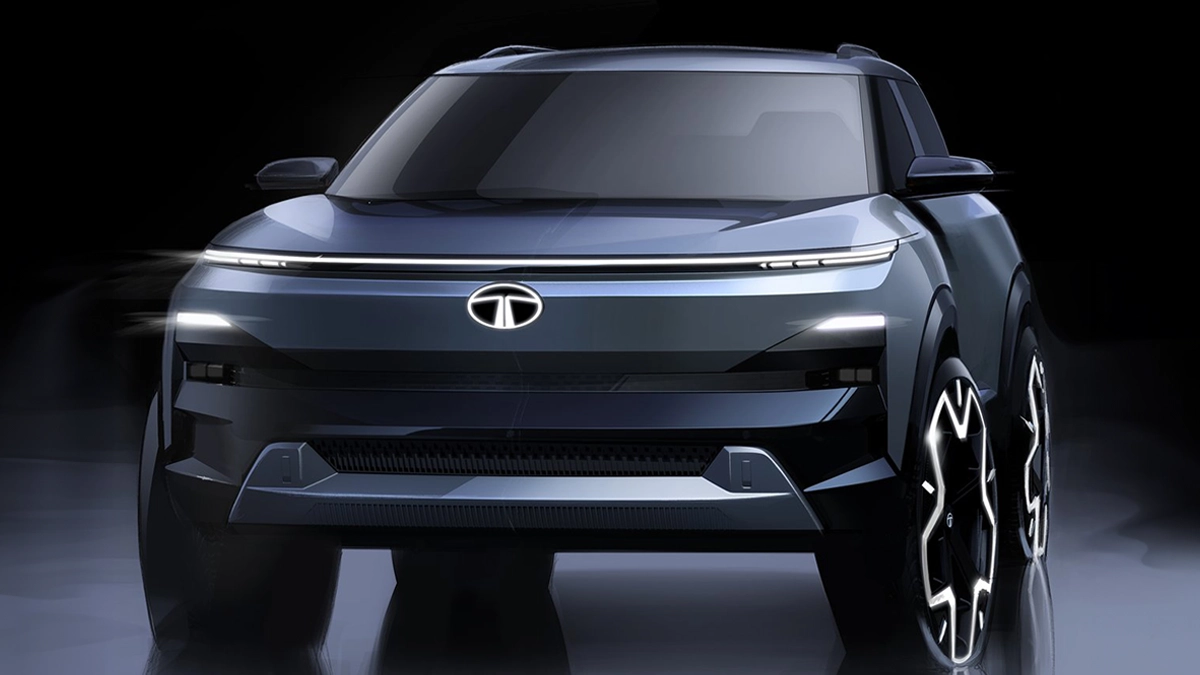The Indian automotive industry has mainly focused on making vehicles for global brands, often adapting international designs for local markets. Although India doesn't have a rich automotive history like Germany, France, or Italy, its journey in the automotive world has been a developing story. This article explores the details of Indian automotive design, tracing its evolution over time. This exploration also looks ahead, optimistic about a growing ecosystem of design-focused startups meeting a more receptive design culture and audience.
A Dull History
It began in the 1940s with Hindustan Motors manufacturing Morris Oxford cars. At the same time, Premier and Standard Motors also entered the scene, forming crucial partnerships with foreign companies to get licenses for making cars in India. So, in the early years, the Indian automotive industry didn't have much indigenous vehicle development or design innovation.

Morris Oxford

Standard Motors Gazel
As the industry advanced, early companies made small adjustments to meet the unique demands of the Indian market. However, it's crucial to note that these efforts mostly involved selling outdated models imported from Europe and the United States. The idea of a truly Indian-designed vehicle only started taking shape in 1972 when Standard Motors took on a significant project. They extensively redesigned the Standard Herald, including the outer body, suspension, and powertrain, resulting in the creation of the Gazel. While this was a notable step forward, it's important to recognize that the Gazel wasn't entirely indigenous but rather an adaptation.
The Indian Automotive Scene has come a long way!
Looking at today, the Indian automotive scene has changed, though not entirely. This change holds the promise of making India a leader not just in manufacturing and sales but also in product development, with a focus on design. The story of Indian car design, once dominated by adaptations and imports, is now on the brink of a significant transformation. It's ready to make an impact both within the country and globally. As we explore further, we discover the stages of development that have brought us to this point. We eagerly look forward to the upcoming chapters that will showcase India's strength as a centre for innovative automotive design.
India opens its market to the world
The crucial moment in 1991 when the Indian economy opened, marked a significant step forward for the Indian auto industry. Opportunities flooded in as foreign players like Suzuki, Hyundai, and Honda entered the market, offering a diverse range of products. In the 2000s, a variety of car models tailored to the specific needs of Indian consumers emerged. Within this scene, Indian manufacturers Tata and Mahindra stood out as pioneers in developing indigenous passenger cars, marking a new era for the Indian auto industry.

Tata Sierra 1991

Tata Estate
While brands like Hindustan Motors, Standard India, and Premier chose not to venture into self-driven vehicle development, Tata and Mahindra took a groundbreaking approach, creating vehicles from scratch. In 1991, a significant milestone occurred with the launch of the Tata Sierra, developed from the 207 platform. This marked the first instance of an Indian-designed and developed passenger car, showcasing the pioneering efforts of Tata Engineering and Locomotive Co. (TELCO). The Sierra not only marked the beginning of an indigenous design culture but also signalled the start of India's design industry. Following this groundbreaking introduction, Tata introduced the Tata Estate and Sumo, reinforcing their commitment to nurturing domestically developed passenger vehicles.
A significant turning point came in 1998 with the introduction of the Tata Indica, showcasing modern automobile engineering by an Indian automaker. The design process combined Tata's ingenuity with the creative input from the I.D.E.A. Institute in Italy, while the engine stood as a proud example of India's engineering capability, entirely developed within the country. By the early 2000s, Tata Motors introduced a range of vehicles showcasing unmistakable Indian design, establishing a strong example in the automotive industry. Parallelly, Mahindra took a distinctive approach, involving suppliers in designing crucial components for the Scorpio, creating a collaborative ecosystem. However, Mahindra's styling for the Scorpio was an individual achievement by the company.

Tata Indica

Mahindra Scorpio
Following these groundbreaking initiatives, Tata and Mahindra took on the role of torchbearers, igniting the flame of Indian automotive design. Their visionary actions had a profound impact on the industry, ushering in a new era marked by the fusion of design and engineering expertise. In the 2010s, the Indian automotive scene flourished with numerous brands, including both established names and a variety of homegrown entities. This landscape serves as evidence of the legacy established by Tata and Mahindra, symbolizing the triumph of Indian automotive design in all its glory.
An Era of Neck to Neck
In a rapidly growing market, many car manufacturers saw India's potential not just for manufacturing but also as a fertile ground for innovative vehicle design. Brands like General Motors, Renault, and Mercedes recognized the strategic importance of having design studios in India. This move allowed them to create vehicles specifically tailored to the unique demands of the Indian market, marking an era of customized designs that cater to the specific preferences of Indian consumers.
At the same time, India's education system saw a significant improvement in the quality of design students. Respected institutions like the National Institute of Design (NID), Industrial Design Centre (IDC), and MIT Institute of Design (MITID) became prominent hubs for developing emerging talent. This rise in educational standards was accompanied by a trend of Indian students going abroad for exposure and education, bringing a global perspective to the nation's creative community. The result was a growing group of young, insightful minds with the intellectual skills and perspectives essential for outstanding designers. Driven by a growing youth population and the widespread use of the internet, the range of possibilities in Indian design expanded significantly. These gradual changes served as an initial introduction to what would soon become a powerful climax in the Indian design story.
How to Start Car Design Education - Part 1
How to Start Car Design Education - Part 2
This era saw the introduction of many new brands and products in the Indian market. European brands like Renault and Fiat, as well as well-known German automakers like Volkswagen, Skoda, BMW, Audi, and Mercedes, entered the scene. The Indian landscape was filled with a diverse range of cars, showcasing a blend of engineering and design expertise that captivated an entire generation. This period of exposure played a key role in fostering a newfound appreciation for the harmony between excellent design and astute engineering.
New Hopes, New Beginnings
In the last couple of decades, India has welcomed the concept of startups, even though the ecosystem may not be as strong as in other countries. Success stories in various sectors have sparked hope and driven innovation. Initially, Indian startups leaned towards service-based and IT software solutions, with pioneers like Ola, Flipkart, and Paytm. Later, there was a shift towards startups focusing on product development and design, especially in the Indian 2-wheeler market. This trend wasn't limited to just the automotive sector; in electronics, brands like Boat emerged to compete with foreign counterparts.

Ather Energy

Ultraviolette F77
Indian startups share a clear and determined goal: to create products that can compete globally in terms of engineering and design. Ather and Ultraviolette, key players in the Indian 2-wheeler market, exemplify this ambition. They have dedicated years to research, placing design at the core of their enterprises. These forward-thinking companies have set a clear path, emphasizing design, and carefully crafting vehicles within India. The result is impressive: products with a global look and feel that can stand up to international offerings.

River

Ola Electric
Adding to this changing landscape is the emergence of startups like River and Ola Electric, which introduce distinctive designs in the 2-wheeler market, embodying the idea that form follows function. Notably, Ola Electric not only debuted an electric scooter but also unveiled four groundbreaking motorcycle concepts, demonstrating the company's boldness in challenging conventional design norms. Together, these developments highlight the ability of Indian startups to design products tailored for local consumers while meeting international standards of aesthetics and quality.
Automotive Design Planet Podcast with Wayne Burgess - Vice President of Design, OLA Electric
Indian brands are focused on producing substantial products
This evolution isn’t one-sided. The Indian consumer has transitioned into a more aspirational persona, driven by increasing purchasing power. This change has led the market to produce substantial products rather than just focusing on affordability. Ola Electric's bold move into the electric car segment reflects the ambition to make EVs accessible to the masses. Tata and Mahindra have expanded their design influence to the UK, establishing studios in Coventry. Additionally, Mahindra's acquisition of Pininfarina and Tata's presence in Turin, Italy, underscores their dedication to global design excellence. By involving foreign talent, these brands have created vehicles that can compete with the best.
Mahindra's BE concepts highlight this journey by demonstrating both design excellence that meets international standards and an impact on the broader industry.
Automotive Design Planet Podcast With Pratap Bose - Chief Design Officer, Mahindra & Mahindra
Similarly, Tata Motors has revealed its design ambitions through the new Sierra concept, showcasing a commitment to design innovation while honouring their iconic heritage. On the international stage, Indian brands are gaining attention not just for their origin but also for their attractive designs and products. Legacy brands like Tata and Mahindra, alongside emerging startups, represent the early stages of a new era for the Indian automotive industry. As technology becomes more accessible, a wave of new companies is ready to start the journey of product development.
Conclusion
Currently, only about 20% of India's population owns a car, a much lower figure compared to Europe and China. With the country having one of the fastest-growing GDPs and rising household incomes, the potential for car ownership is expected to rise. As the third-largest car market globally, India's role in creating products suited to local preferences is becoming more crucial. The way cars developed in the United States, Europe, and China seems to be happening similarly in India. In the 20th century, the U.S. and Europe were major places where people wanted cars, leading to advancements in automotive design. In the 21st century, China has become a powerful market force, supporting the growth of domestic car manufacturers actively involved in designing and developing their vehicles. India is following a similar path, growing quickly with specific needs for well-designed automotive solutions. There are more and more startups in the country focused on making well-designed vehicles, laying the groundwork for Indian automotive design. Additionally, India is moving in a promising direction by increasingly adopting electric vehicles (EVs) to align with global sustainability goals.
The combination of these factors suggests a future where India could become a dynamic design hub in the automotive industry. Similar to the transformative changes seen in the United States, Europe, and China, India has the key elements—rising demand, startups focused on design and a changing automotive narrative—to establish its presence globally. The potential for an Indian automotive design renaissance is within reach. As the nation progresses economically and technologically, the groundwork is laid for India to create a design legacy that reflects the evolution observed worldwide.









